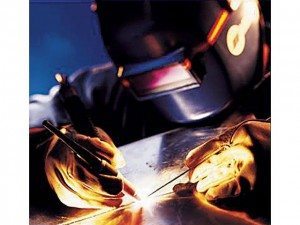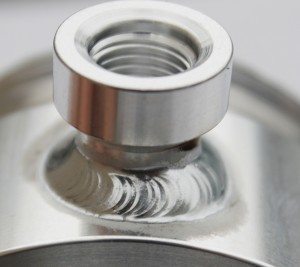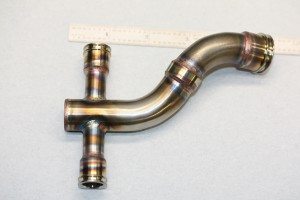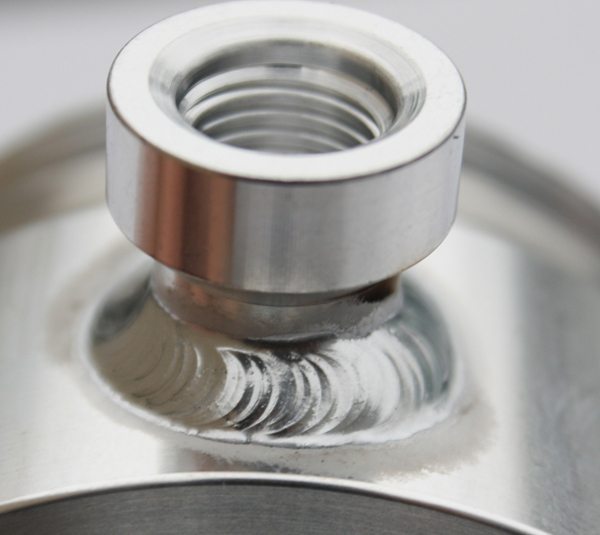Get to Know the Certified TIG Welding Company that is Nadcap Accredited in California
Escapes – this is how businesses call product defects that has been sent out of the production process, those that are NOT SUPPOSED to be sent out to customers. They mean trouble for a lot of businesses. Just imagine all the after-sale repair this will cost, when in fact, these should be avoided and prevented as early as soon as they are detected in the process!
those that are NOT SUPPOSED to be sent out to customers. They mean trouble for a lot of businesses. Just imagine all the after-sale repair this will cost, when in fact, these should be avoided and prevented as early as soon as they are detected in the process!
Escapes may not be that much of a big deal for regularly priced goods and necessities that we buy over the counter, but it’s a totally different case when we talk about aerospace escapes. Escapes related to airplanes and their accessory equipment should be taken seriously. If not identified at the earliest time possible, escapes can cause major casualties, including people’s lives. These flawed parts may be attached to commercialized planes without anyone recognizing them to be defective. Have we not heard enough from the news on the many airline crashes and fatalities caused by faulty engines, hydraulic fittings or fuel lines have been? If you still can’t grasp how BIG the expense can be for these escapes, there was one instance when 20,000 parts were improperly processed, thus, had to be recalled at a staggering cost of $20,000,000! Imagine how much loss that is!
As quoted by Chet Date, Director of Quality Systems & Regulatory Compliance at Honeywell Aerospace: “Escapes are a serious issue for the aerospace industry. Recalls are costly and problematic as aircraft are complex machinery operating in a challenging environment. It is vital that non-compliant aerospace parts are identified and communicated as quickly as possible to prevent serious accidents.” As an additional statistic, 9 out of 10 aerospace manufacturers risk serious defects. This is very alarming in today’s fast-paced lifestyles where travel around big distances is just a plane ride away.
The aerospace industry needs welders to weld critical component parts. Of course, welders are expected to know a wide range of welding skills but how are companies who hire welders assured of the quality of work done? Here now comes the need for CREDIBLE CERTIFICATION that you should look for in a welder. How specialized are aircraft’s when it comes to welding? Very specialized to a point where aerospace welding involves microscopes. It is not your typical kind of welding with sparks and big welders! Because of these risks, Primes like Boeing, Airbus, Gulfstream and their sub-tiers only use vendors that are Nadcap Accredited or Approved in addition to the high-skill level that the task needs.
What is Nadcap?
This is an accreditation process that audits vendors and service providers that will greatly benefit industry input at critical points with the aim of minimizing the workload of the customer whenever possible. From various representatives within the industry, they will have to collectively decide on which processes to audit and which provider will be granted Nadcap accreditation based on the results of a rigorous audit procedure.
Why Nadcap?
Nadcap is a way to manage the industry primarily to assess whether service providers adhere and conform to certain standards in their business processes. In the same way as to how other accrediting associations operate, technical experts from the Industry and the Government are brought together to lay down accreditation requirements, list down the accredited Suppliers and to define operational program requirements. The procedures for accreditation, in turn gives the businesses the quality assurance that they are looking for in welding companies. This is the kind of assurance that we want to give to all our valued clients.
The audit process that DCWi has been subjected tested every aspect of our welding process. Clients are assured that a proper weld schedule is being followed for all our projects, quality materials and techniques are employed in the processes and the parts are cleaned and processed in the prescribed manner to maintain the integrity of the welds. Quality & Integrity is the lifeblood of our business and we take very good care of that in all our business dealings.
Why Choose Us?
By now, you should have realized how rigid yet plausible the Nadcap accreditation process is. We go through all of these to make one point very clear for all our business dealings, that is: We leave nothing to chance with the quality of our precision welding jobs. Now you won’t have to worry even the tiniest bit about the small details – WE HAVE DEALT WITH THAT. This is the DCWi difference.
Dan’s Certified Welding Inc. provides the latest and the best welding services – ACCREDITED and CERTIFIED! Our technical expertise in this field allows us to deliver only the highest skill level in doing aerospace welding. Being Nadcap accredited, our clients are assured that they are dealing with uniquely qualified welders to fulfill stringent and demanding requirements of the industry.





 You MUST Ask BEFORE Hiring a Welding Company – So You Can Avoid Wasting Your Time AND Hard-Earned Dollars”
You MUST Ask BEFORE Hiring a Welding Company – So You Can Avoid Wasting Your Time AND Hard-Earned Dollars” 
Keep in Touch